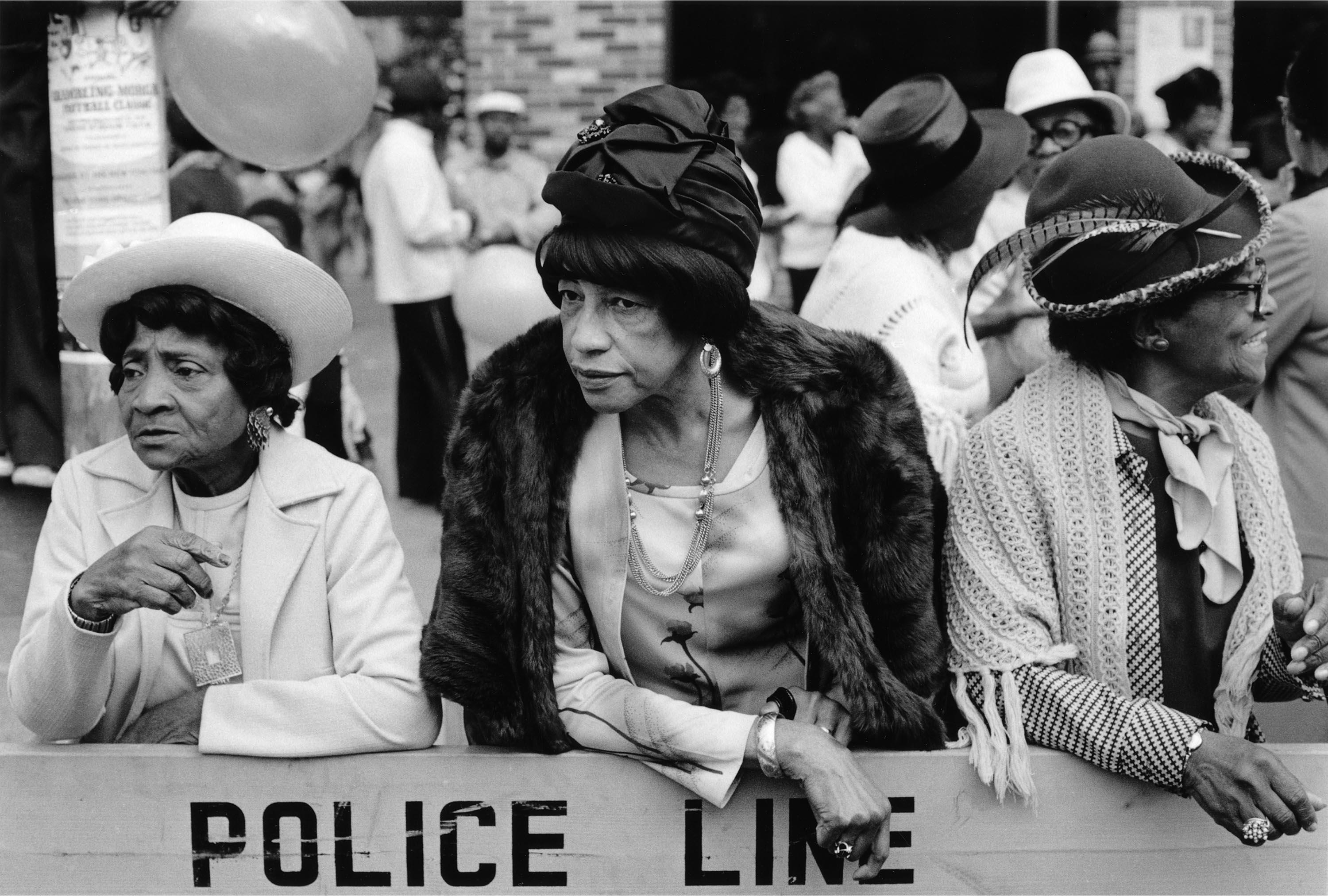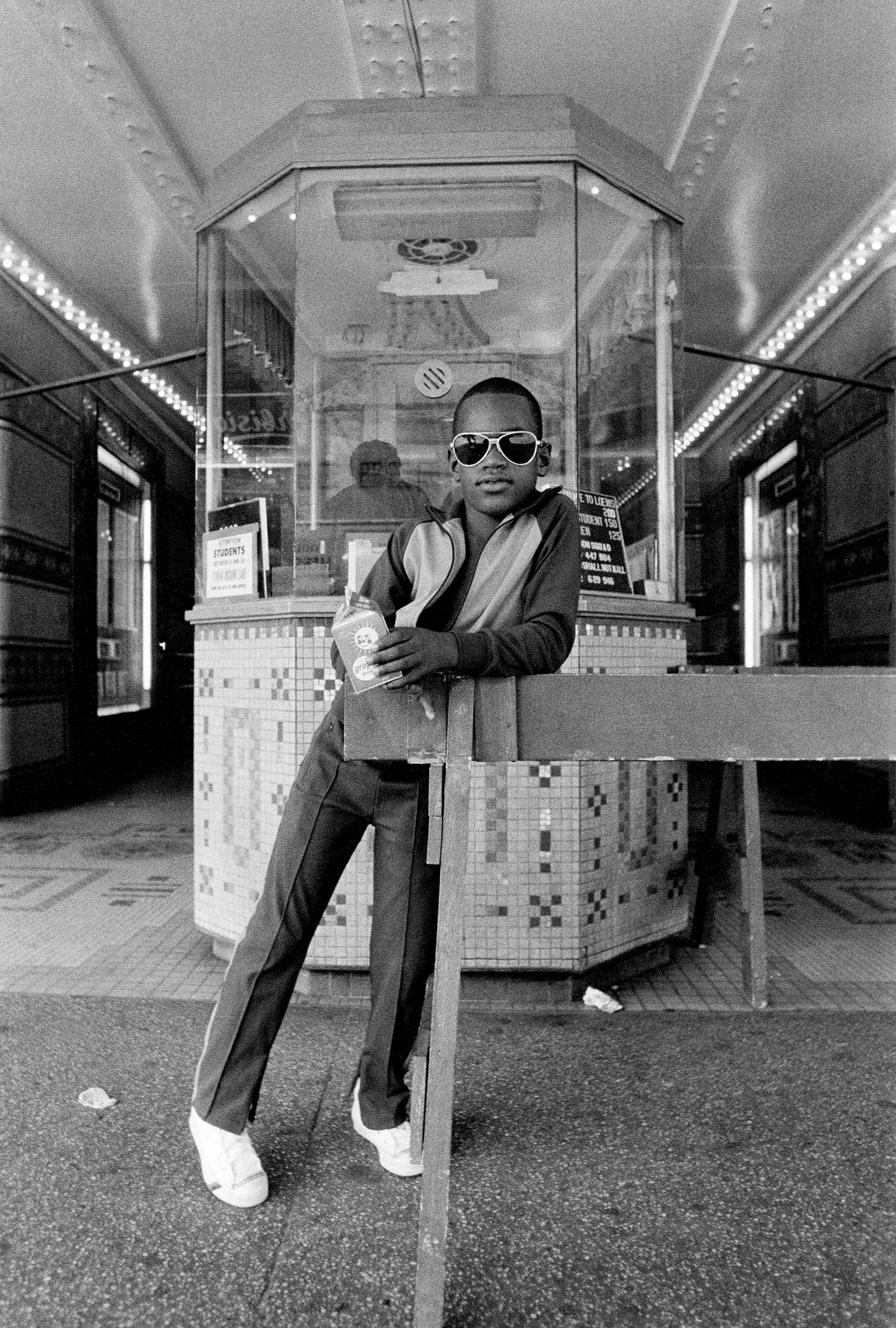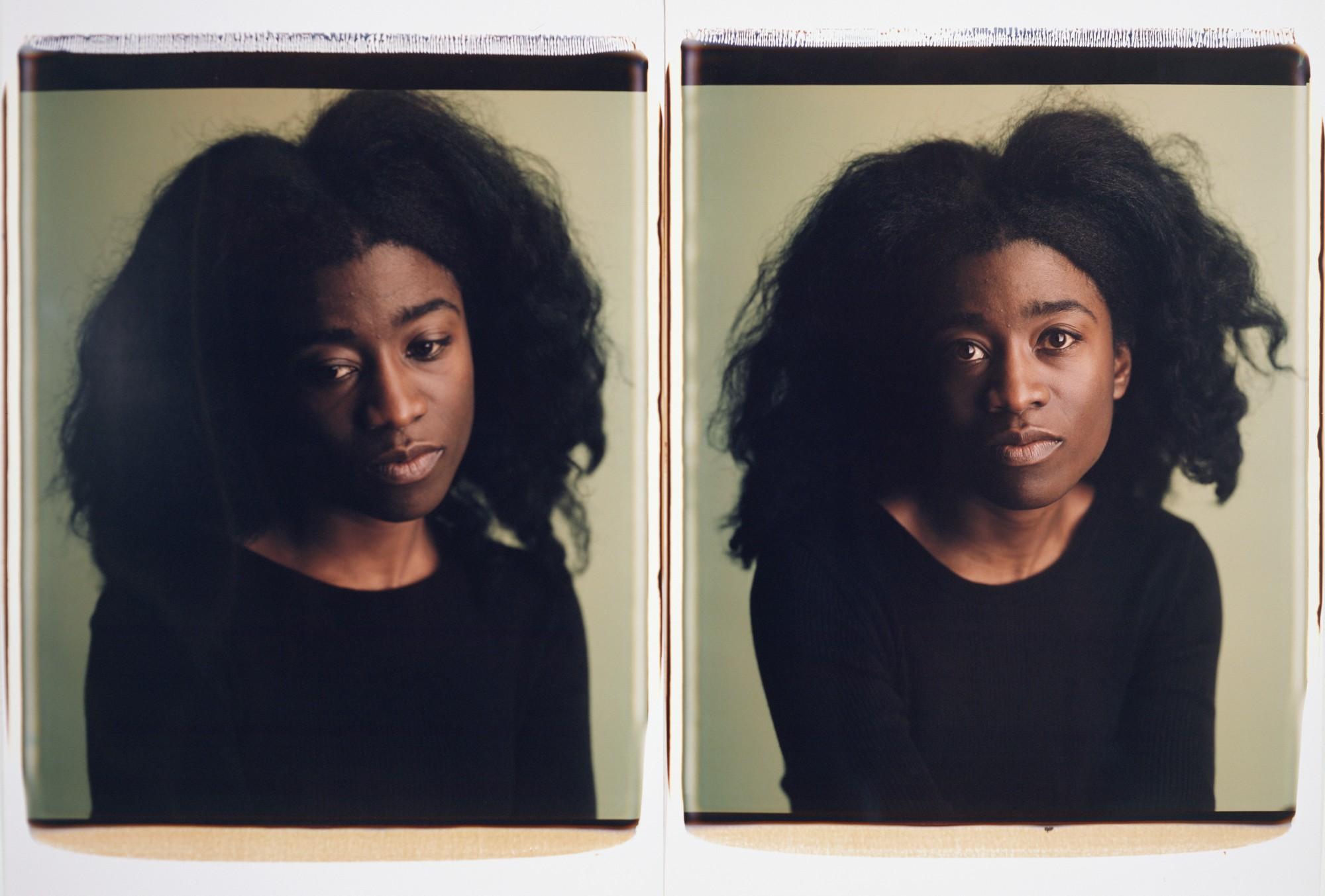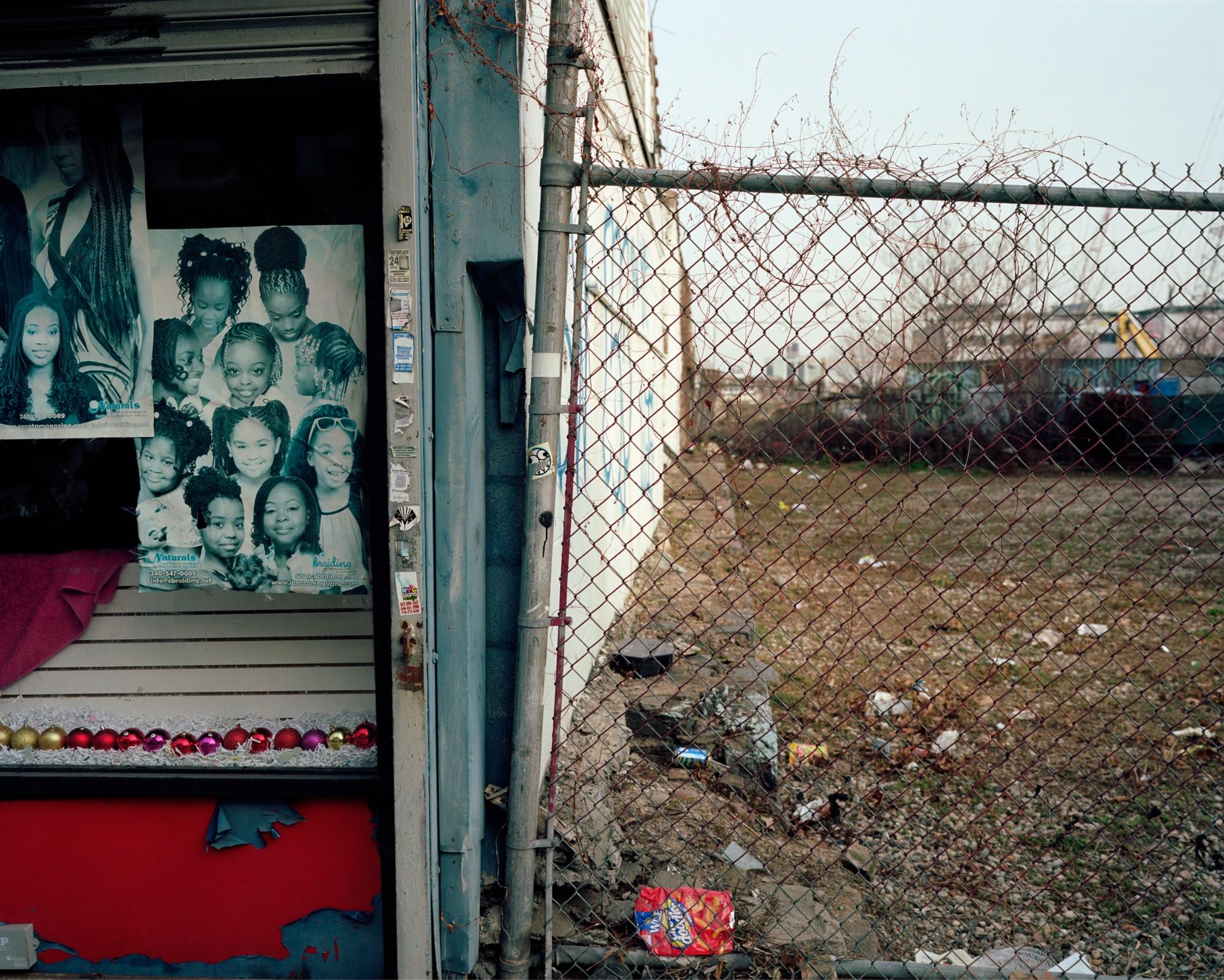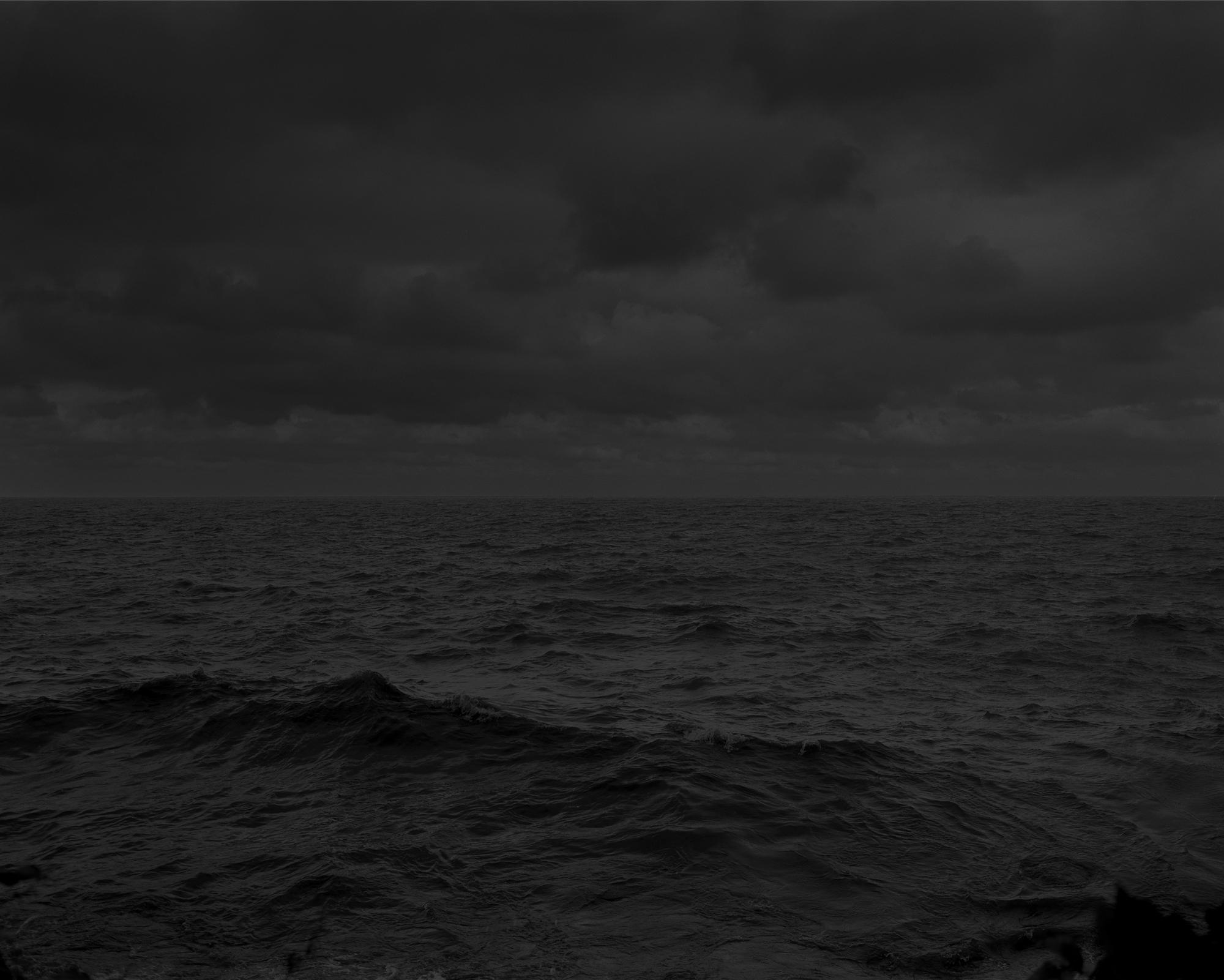Now the San Francisco Museum of Art (SFMOMA) is placing Bey firmly in the canon of great American photographers in their retrospective Dawoud Bey: An American Project, now on view. Co-curators Corey Keller and Elisabeth Sherman, write that the exhibition, “intentionally inserts Bey’s photographs into a long-running conversation about what it means to represent America with a camera,” placing Bey’s work alongside the timeless American photographs of Robert Frank and Walker Evans.
Though the images from Harlem, U.S.A. are still lauded, Bey has continued to grow and change as an artist, creating moving works at every stage of his career. This exhibition includes images from eight major series, which are arranged both chronologically and to emphasize the connections amongst these works.




